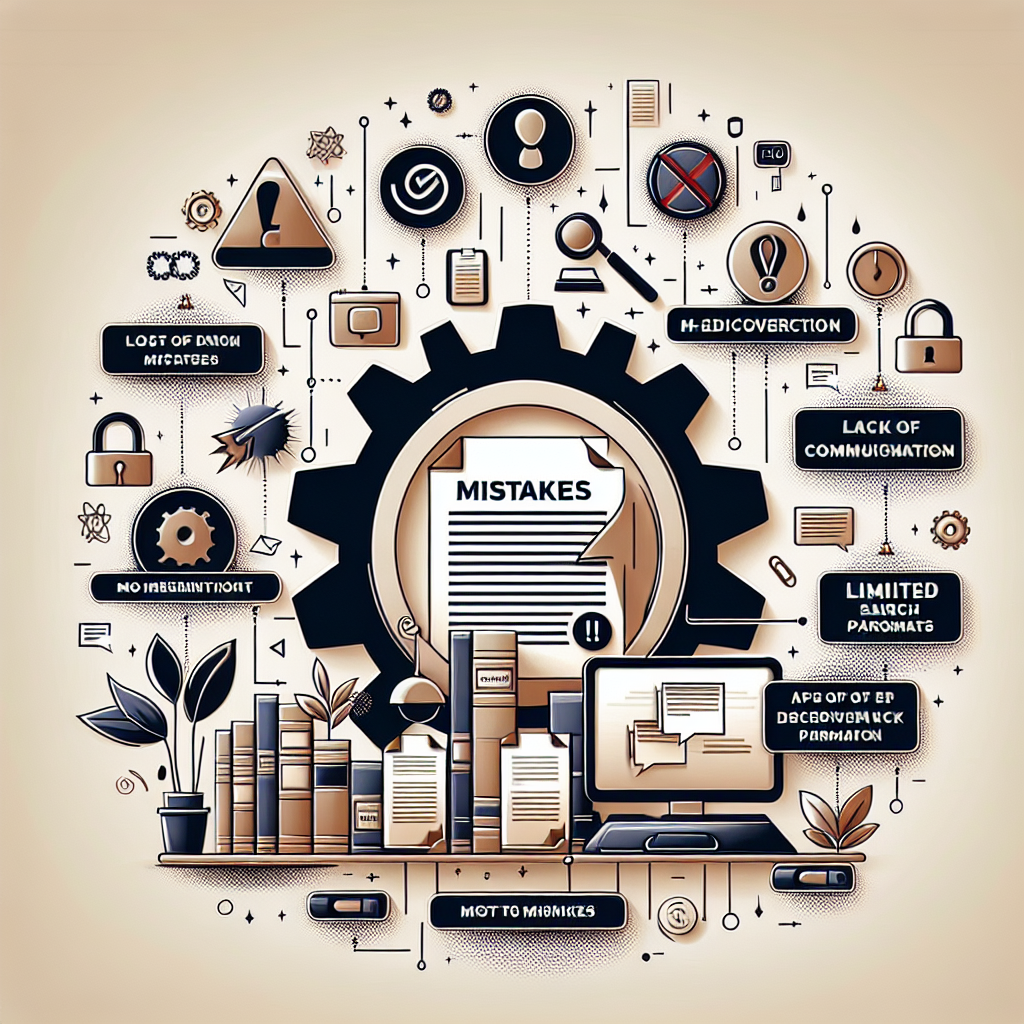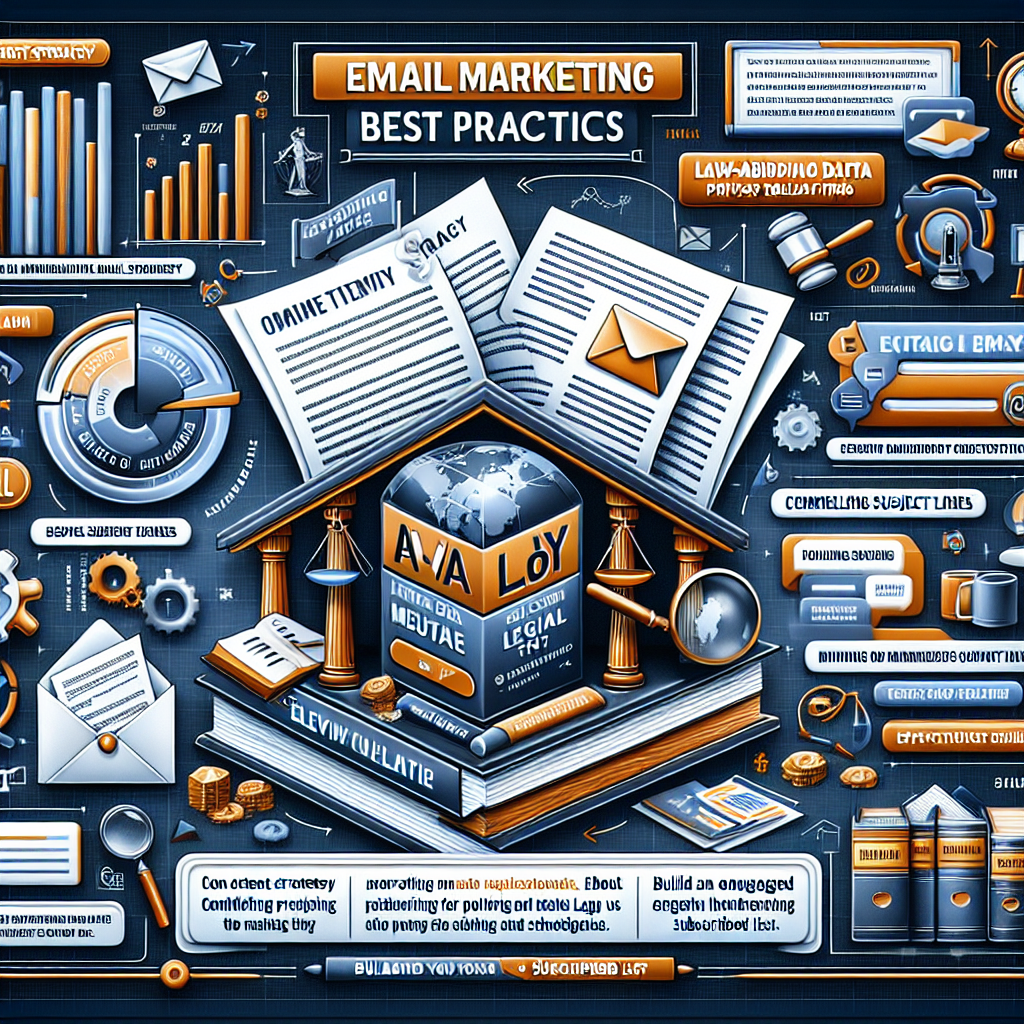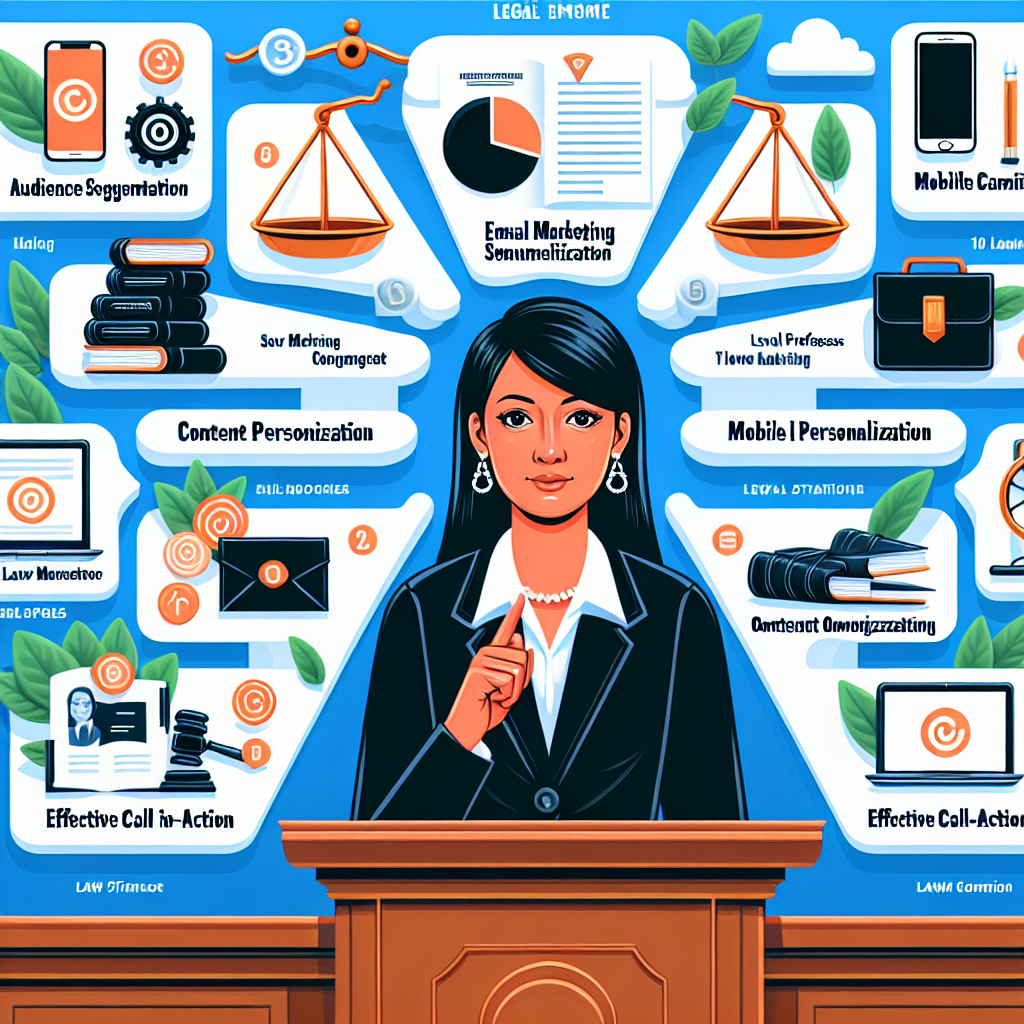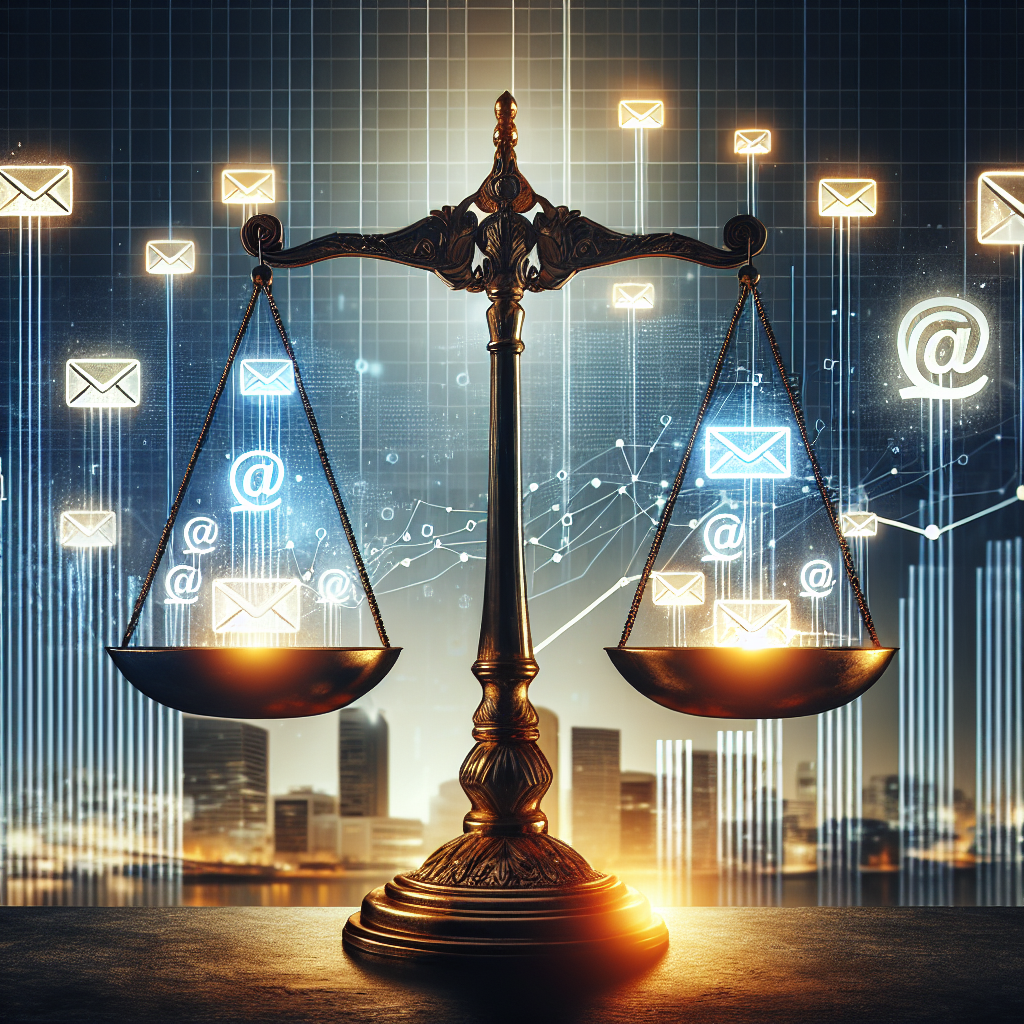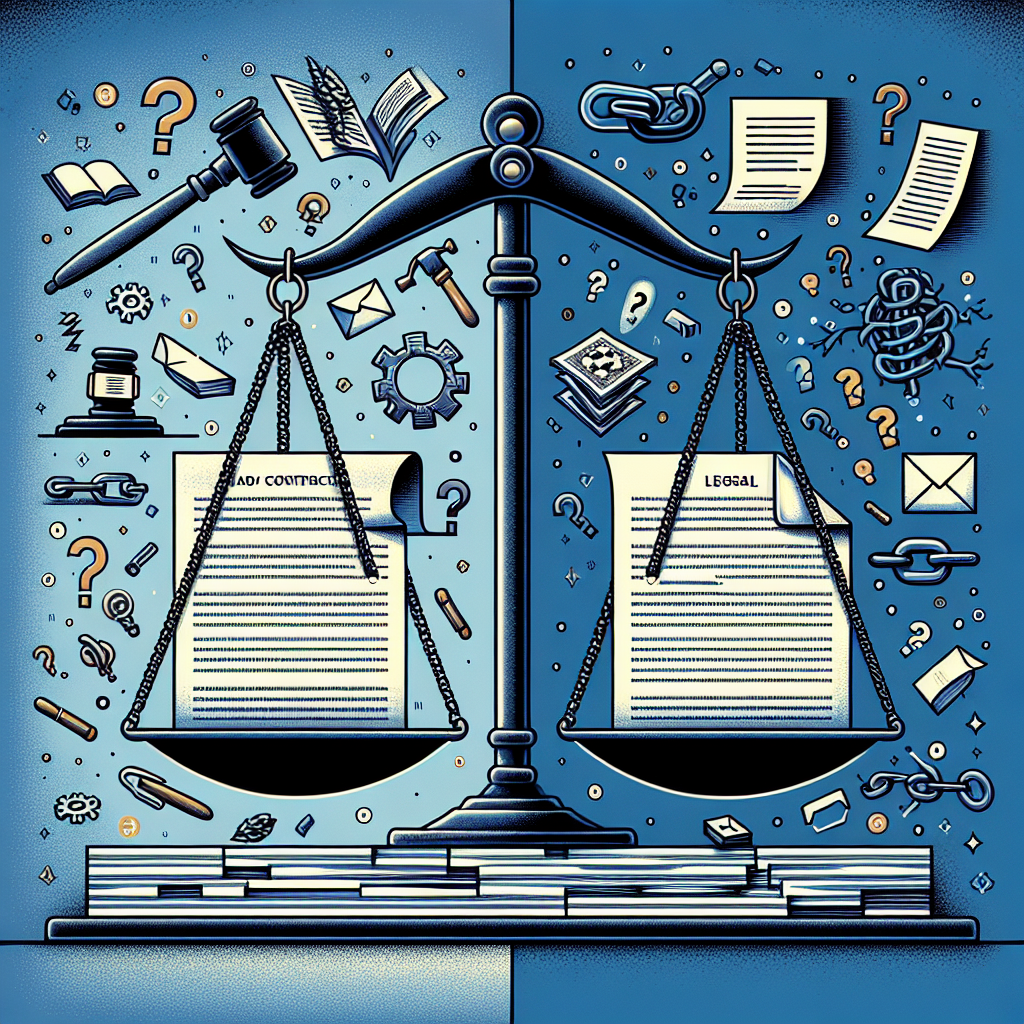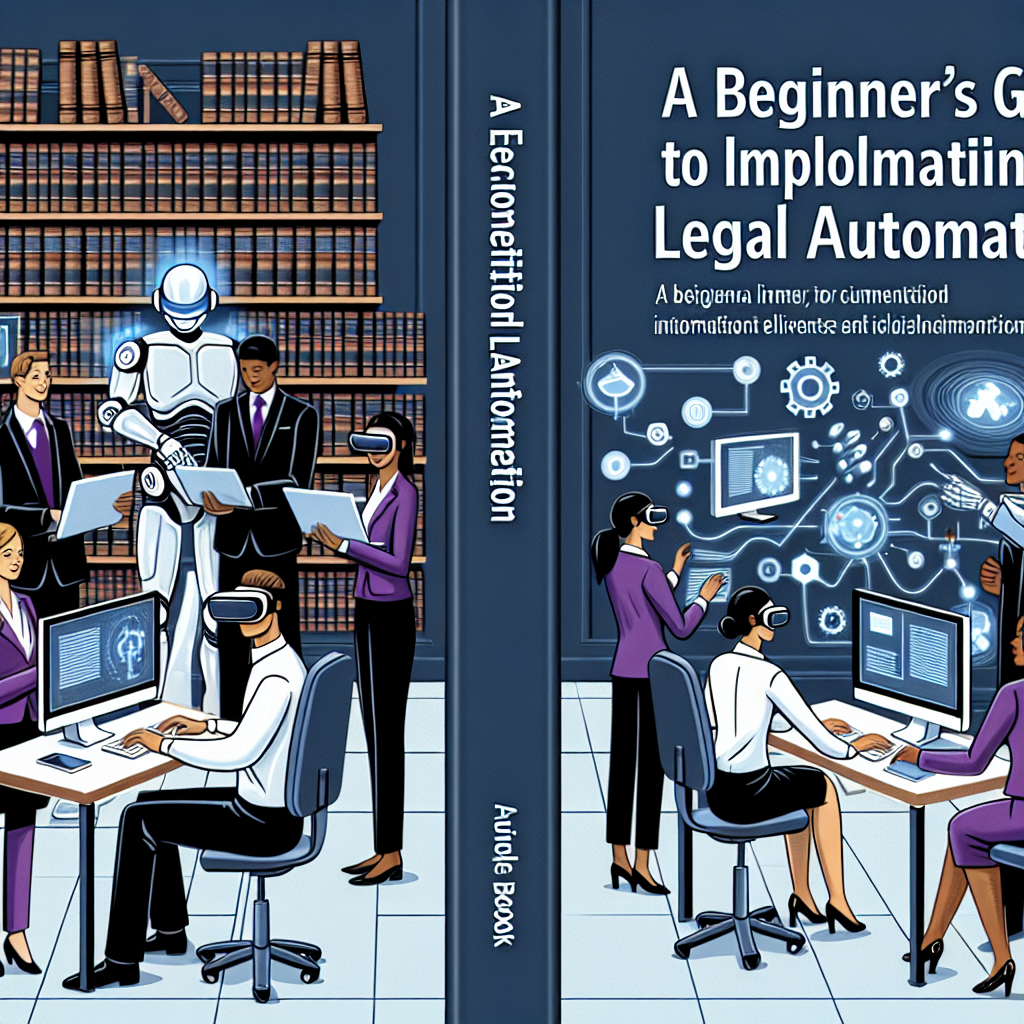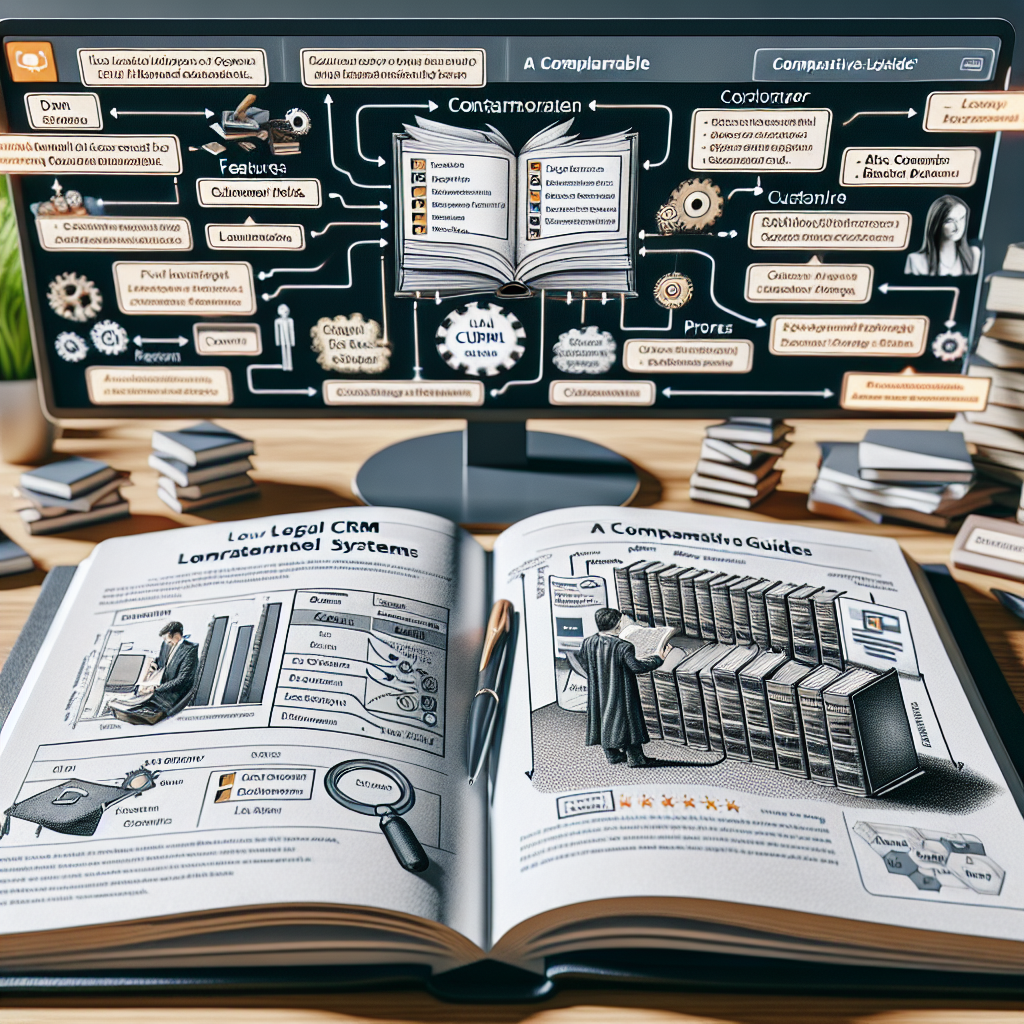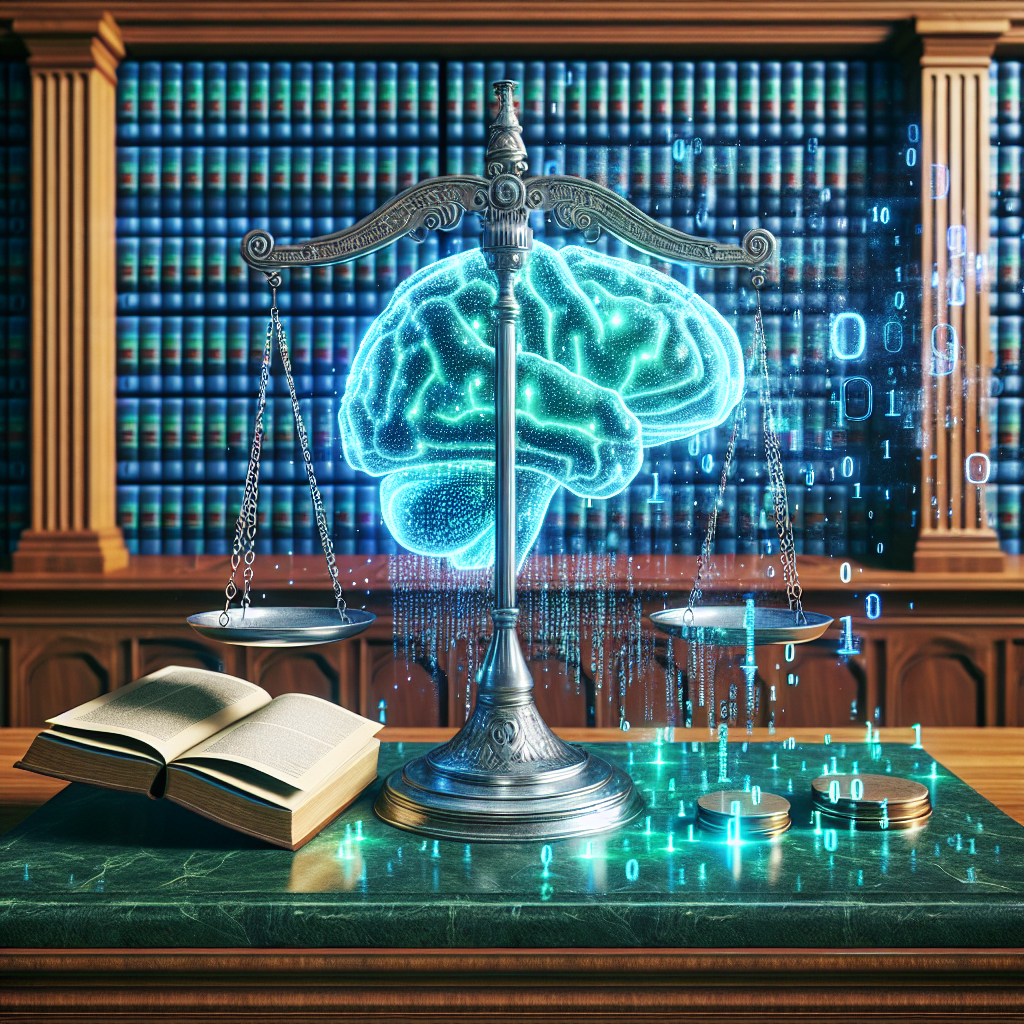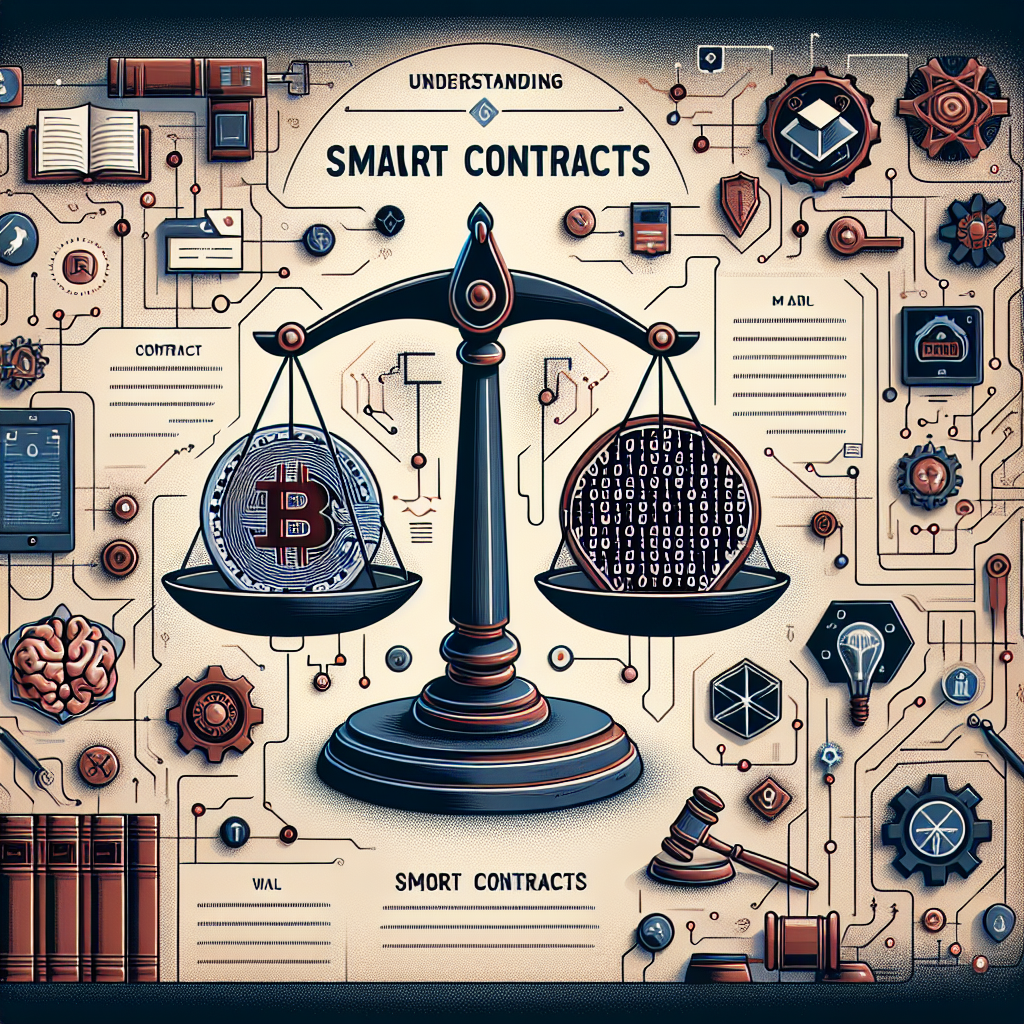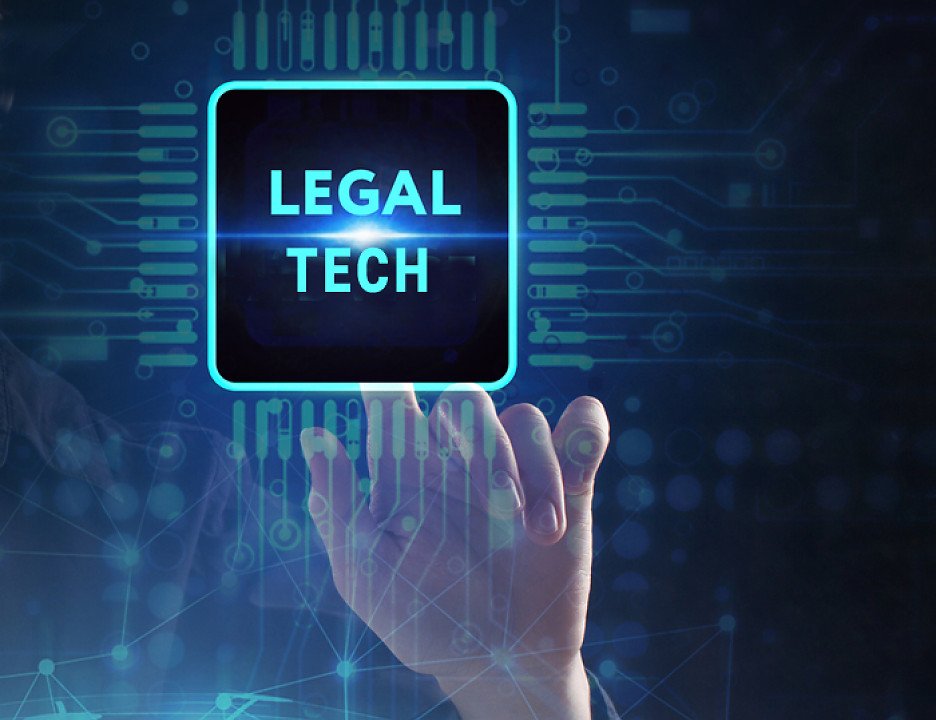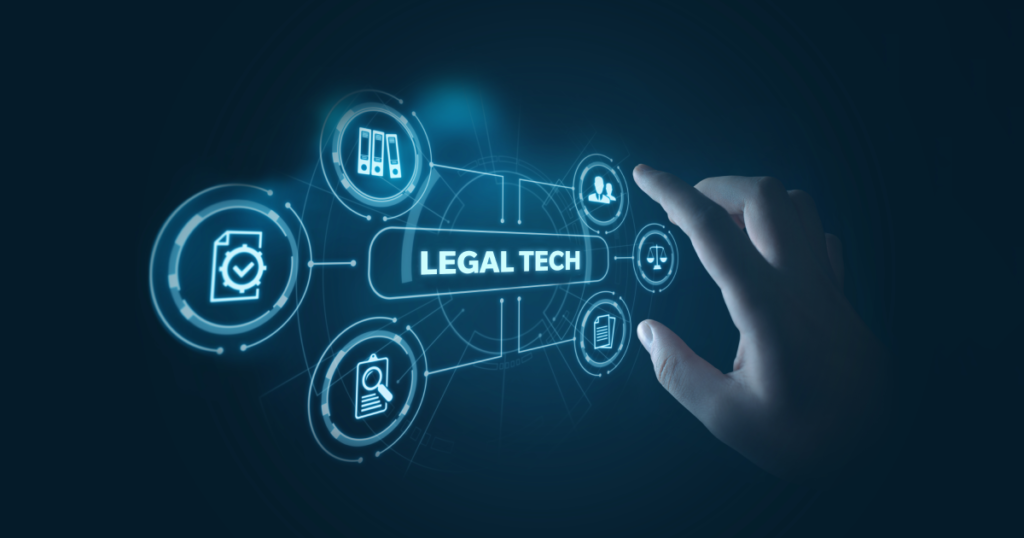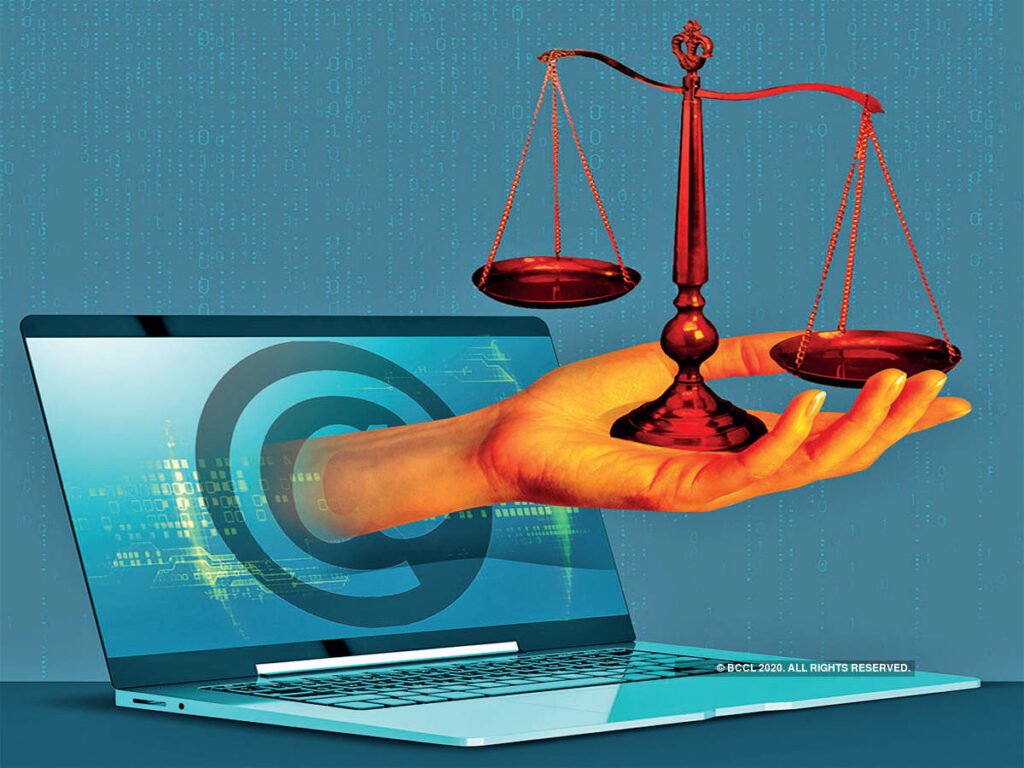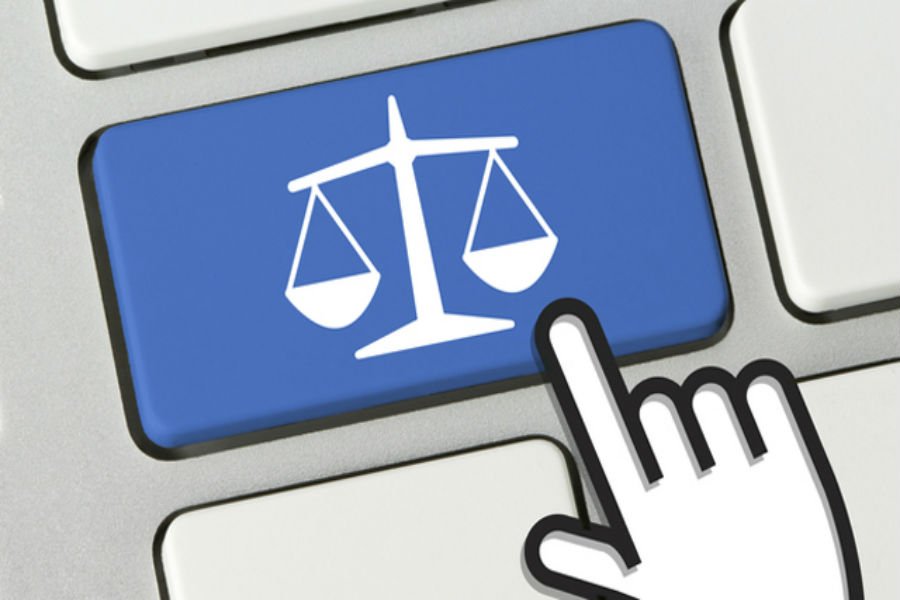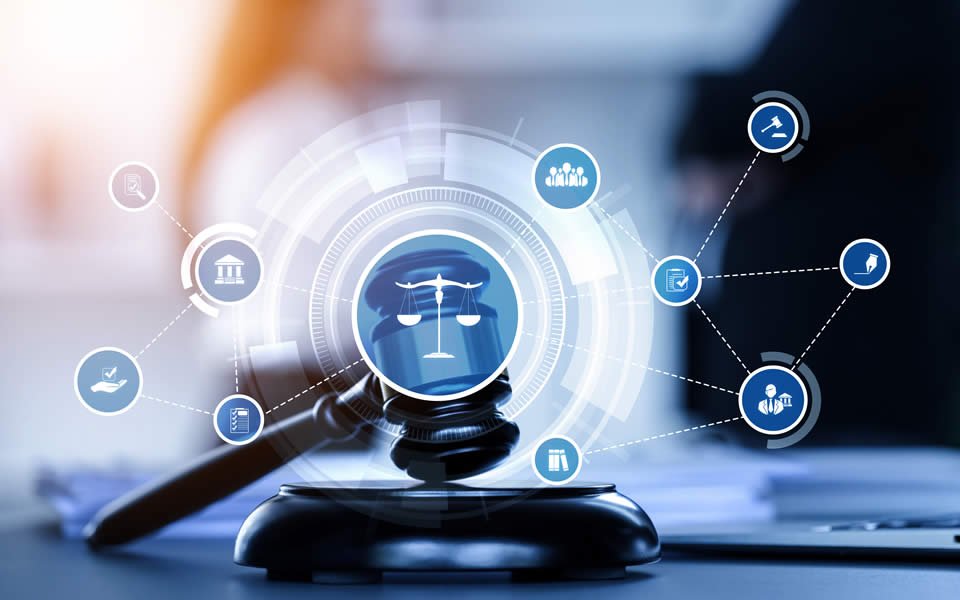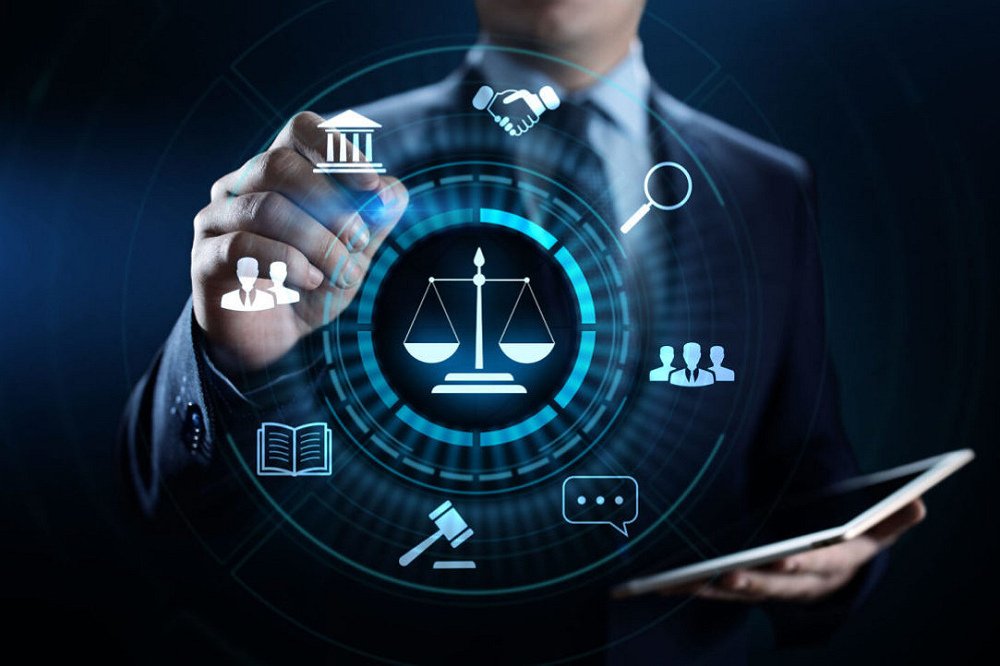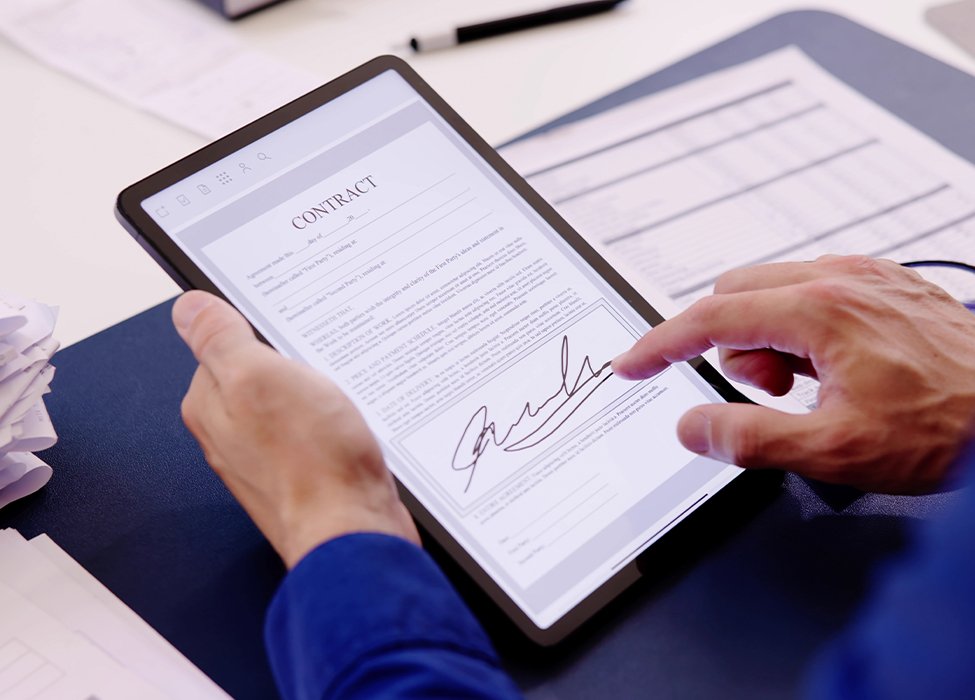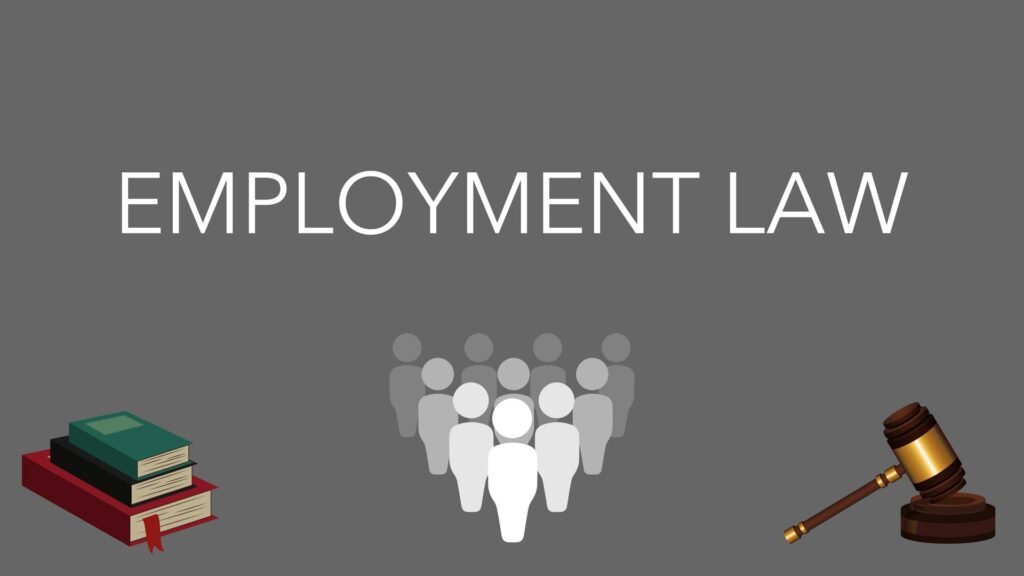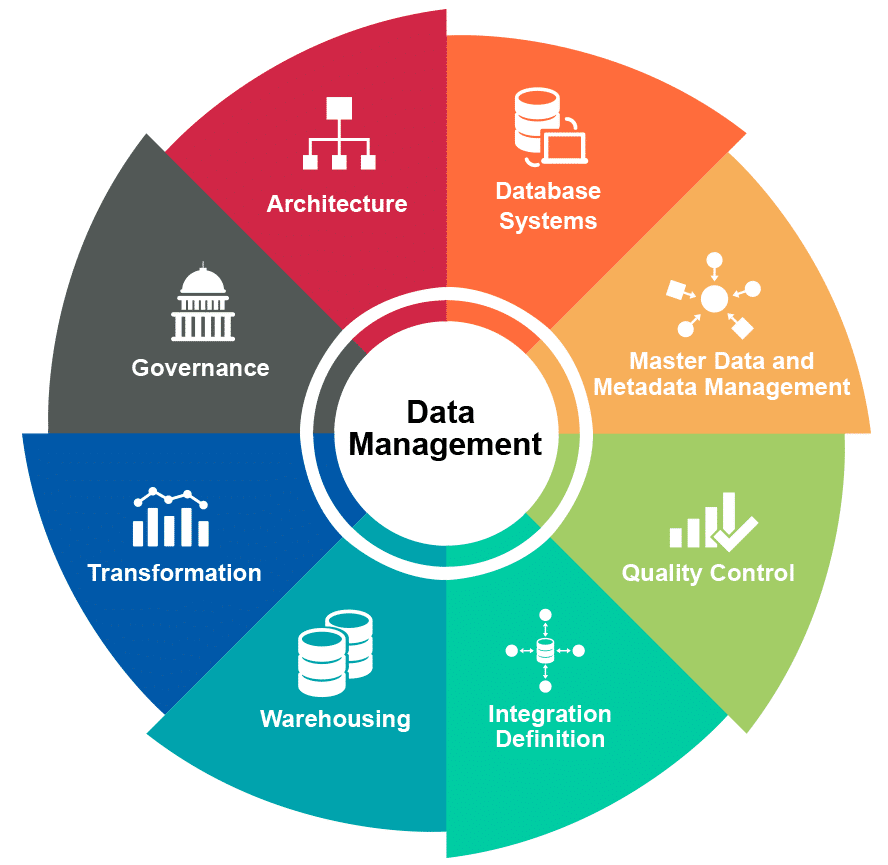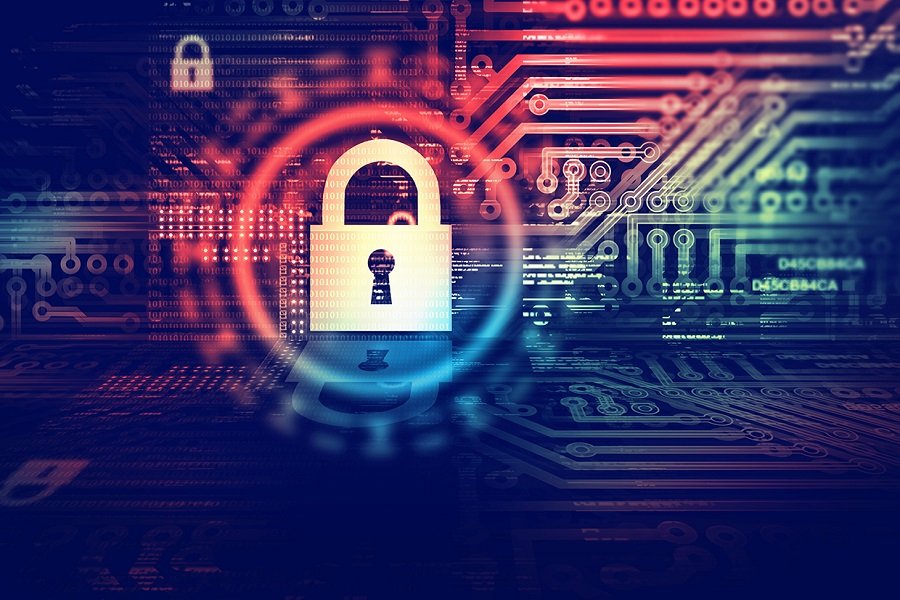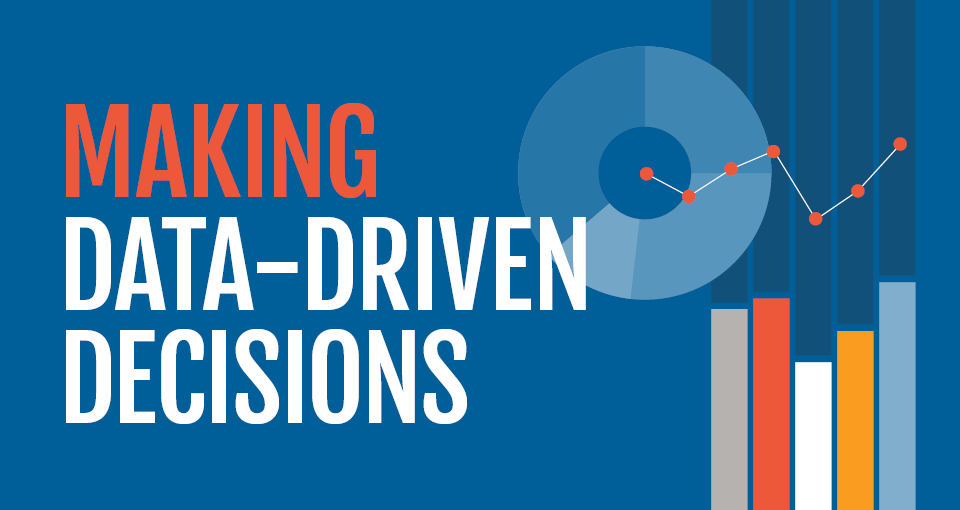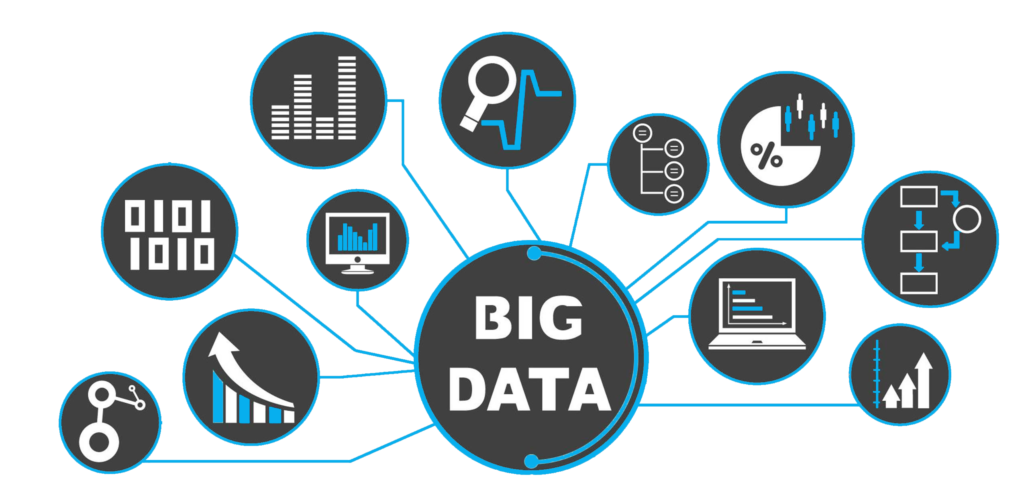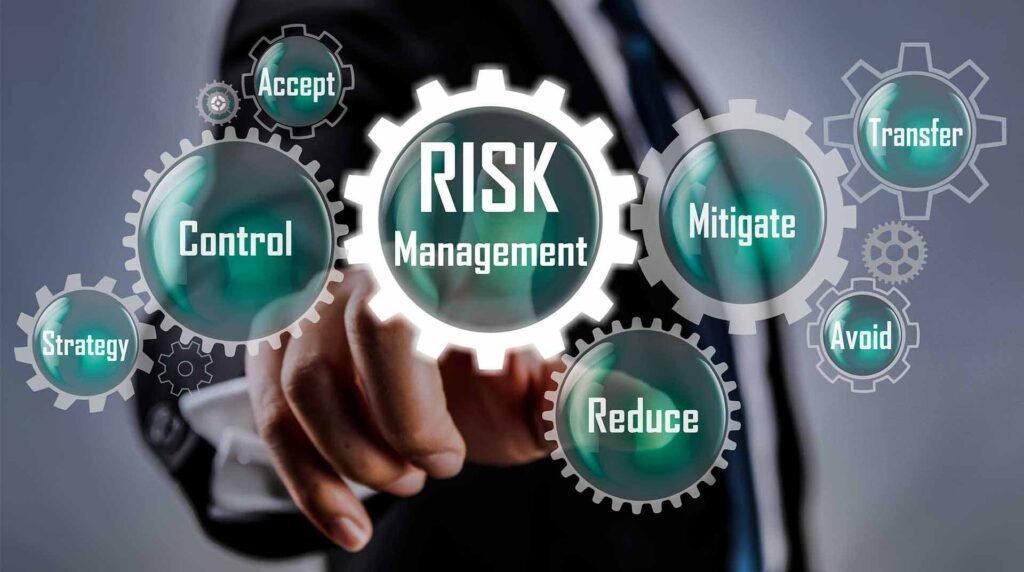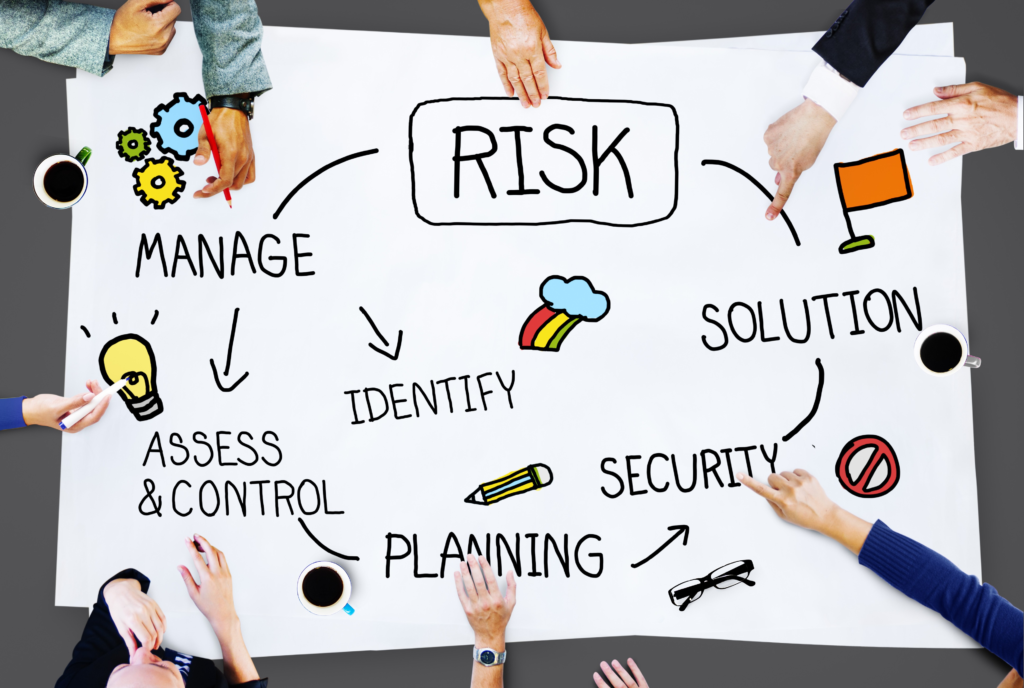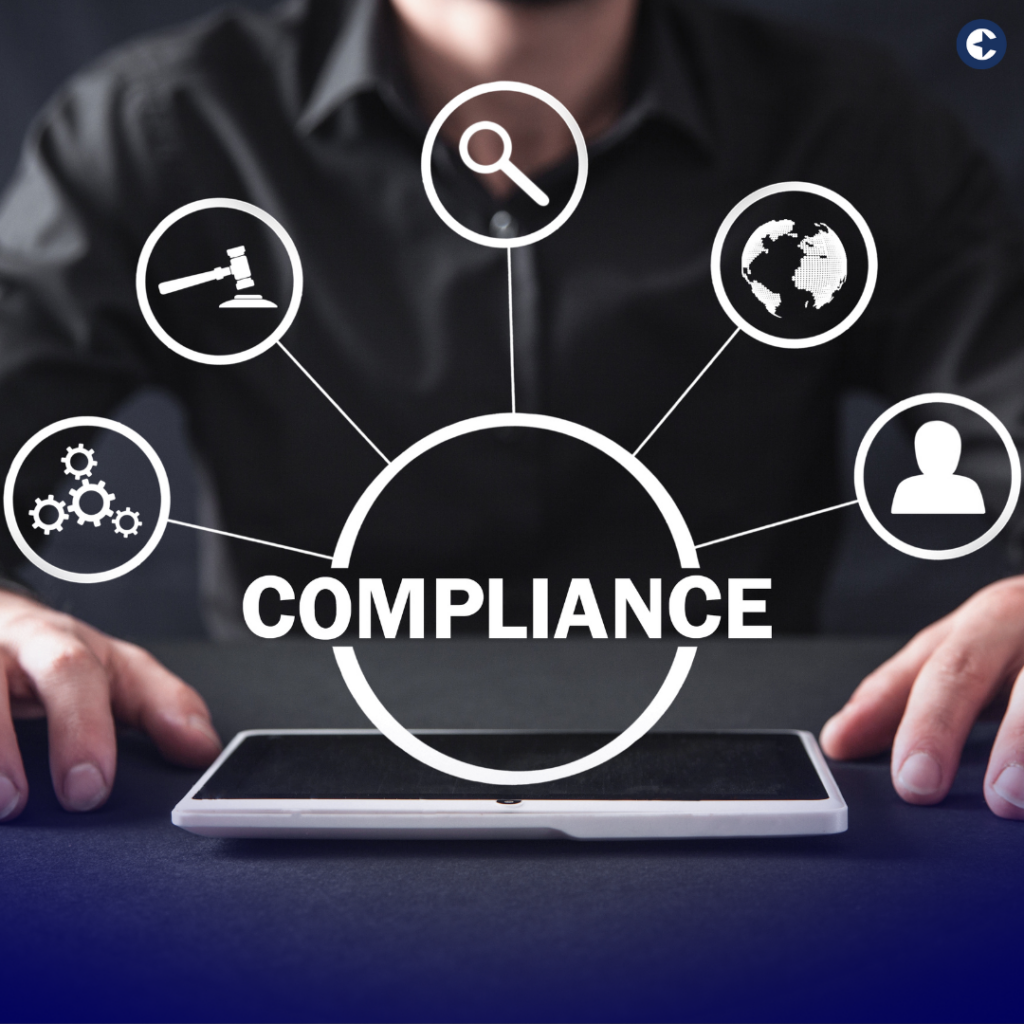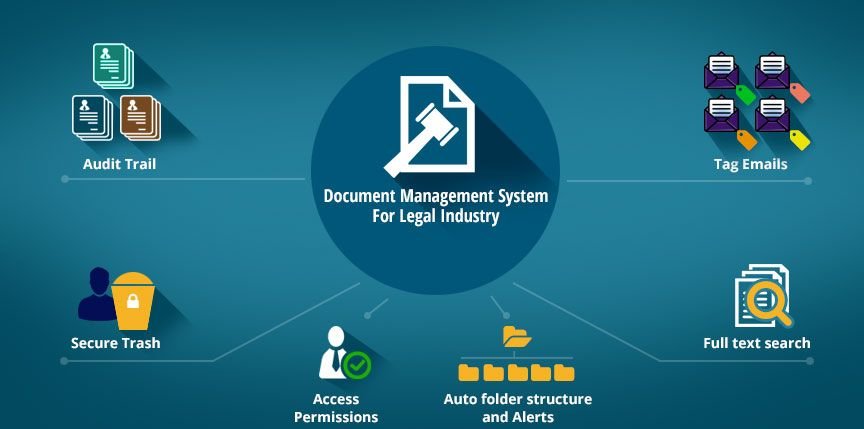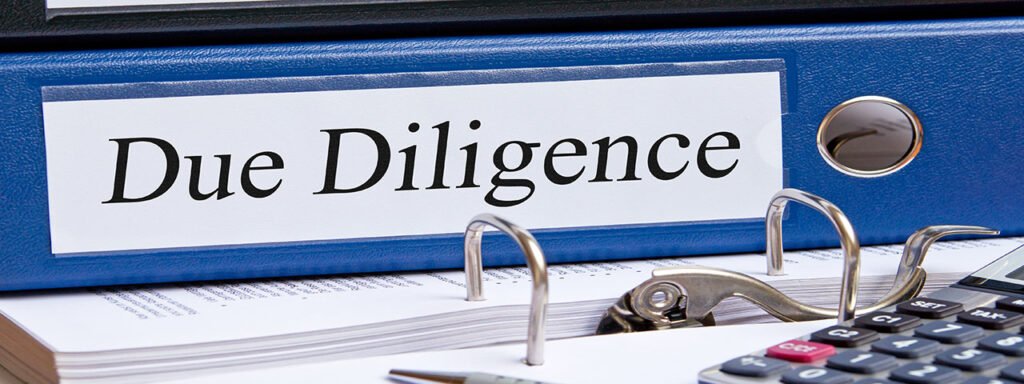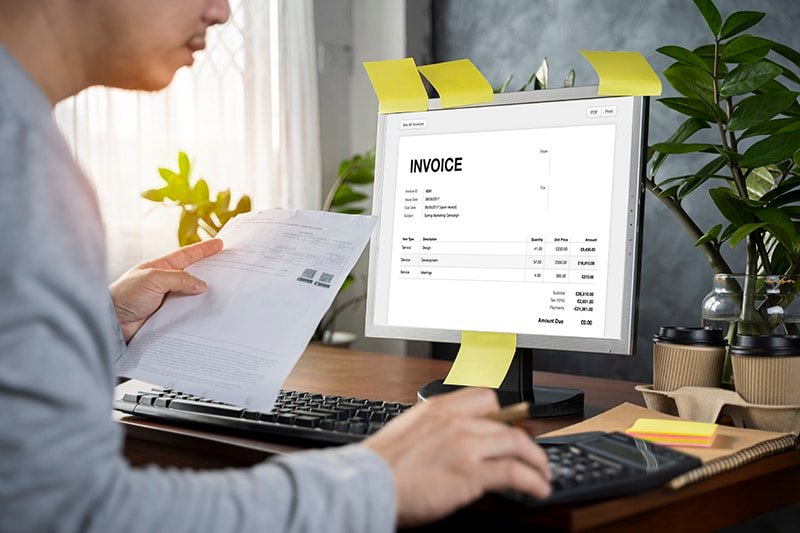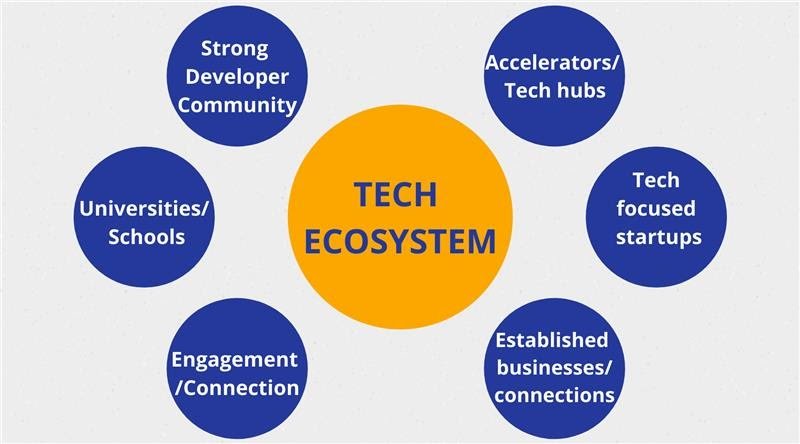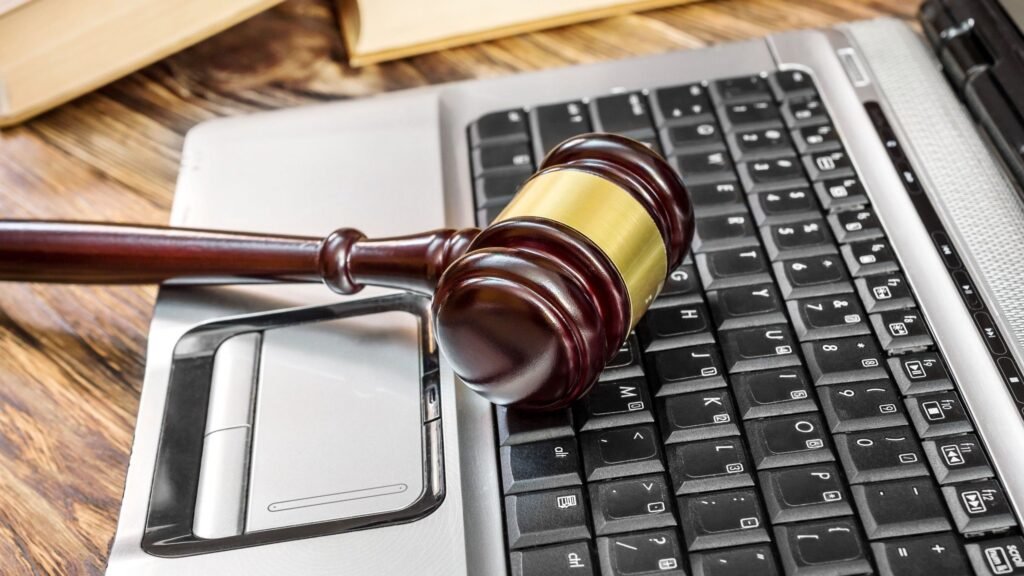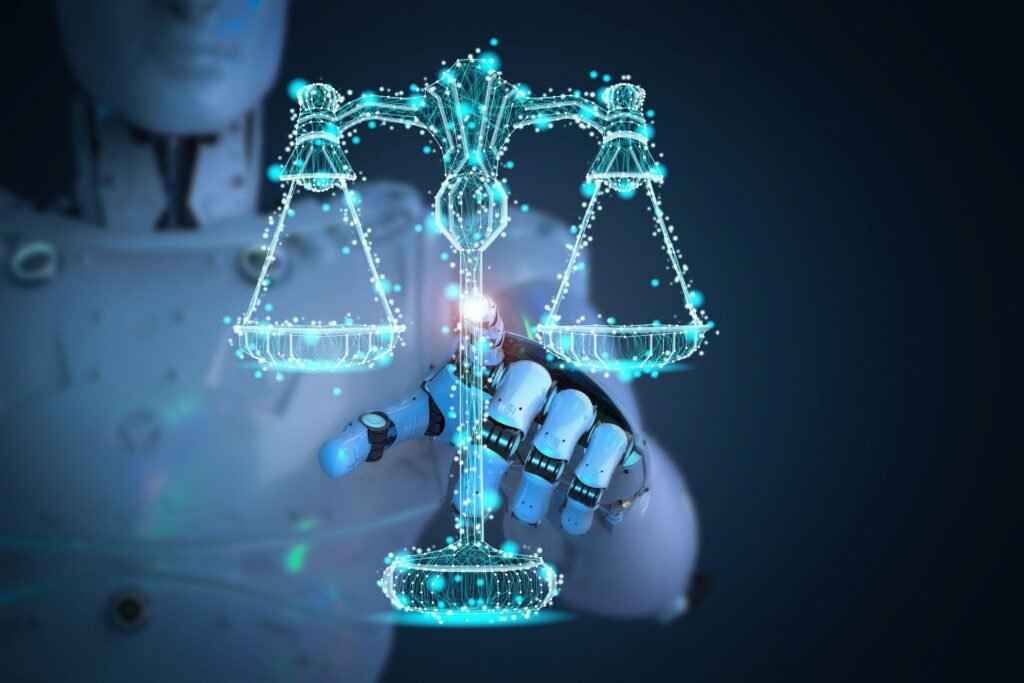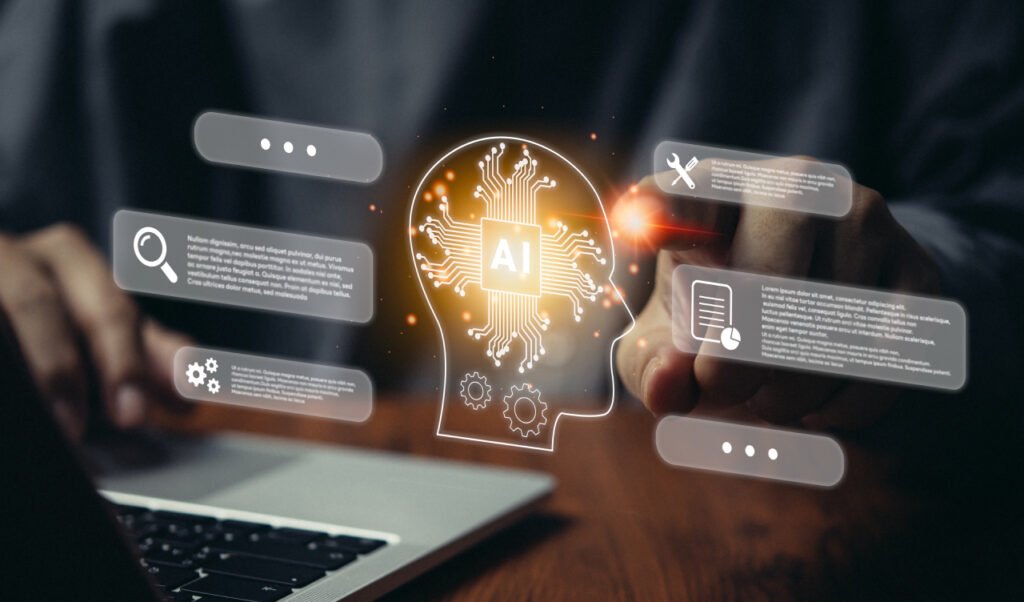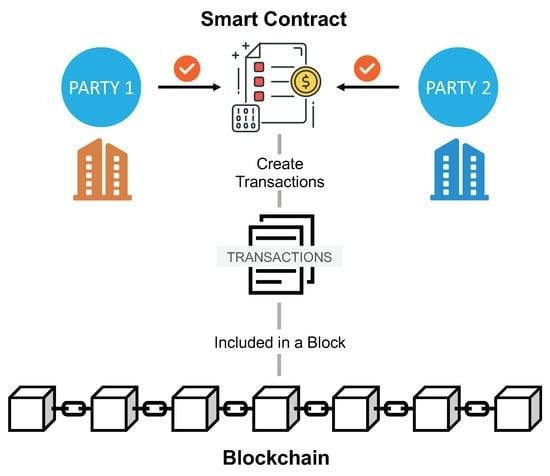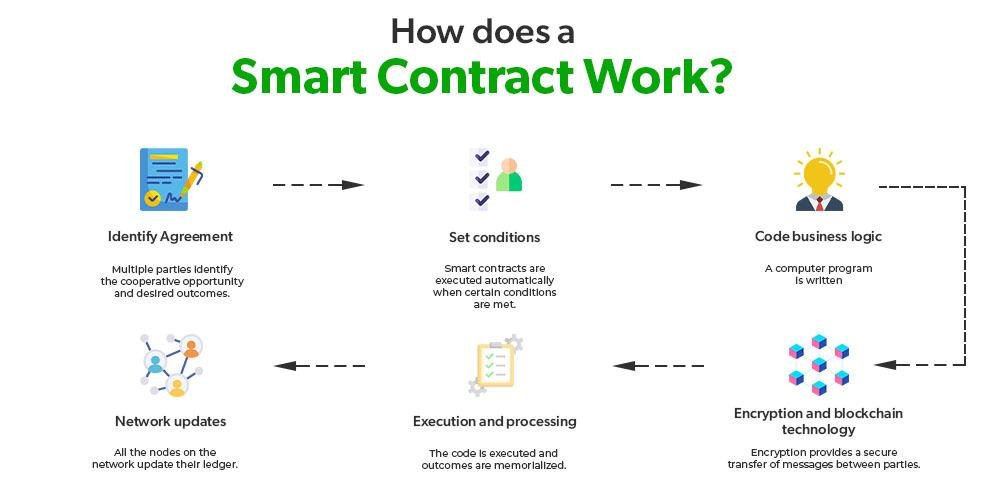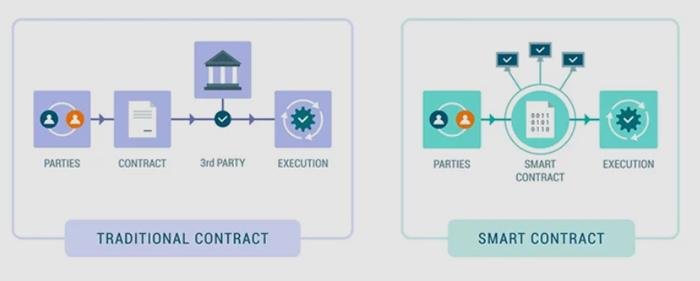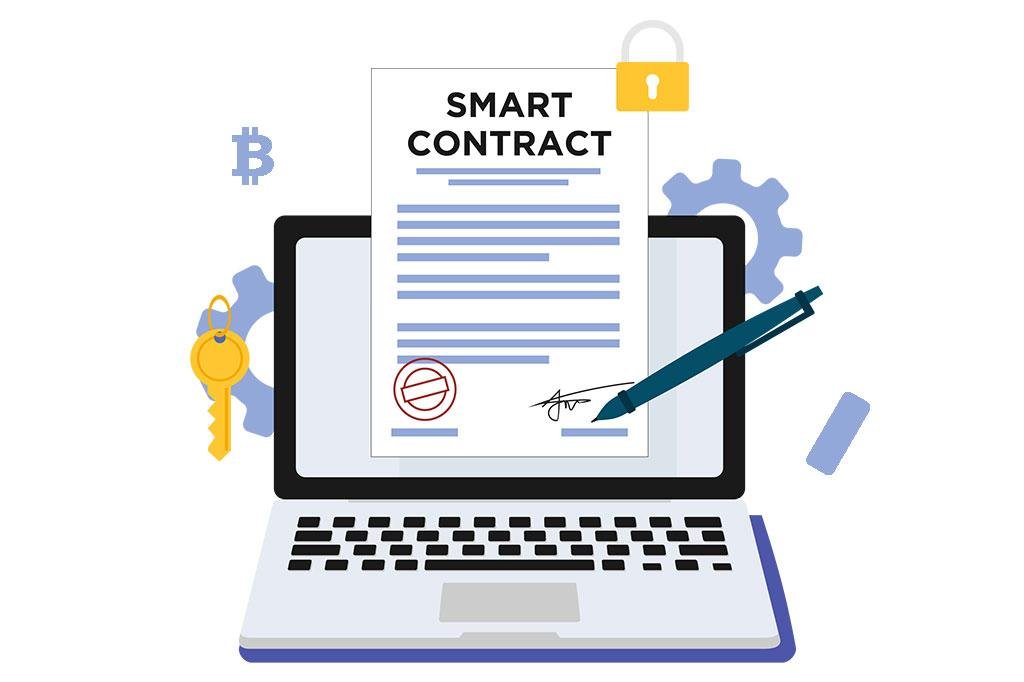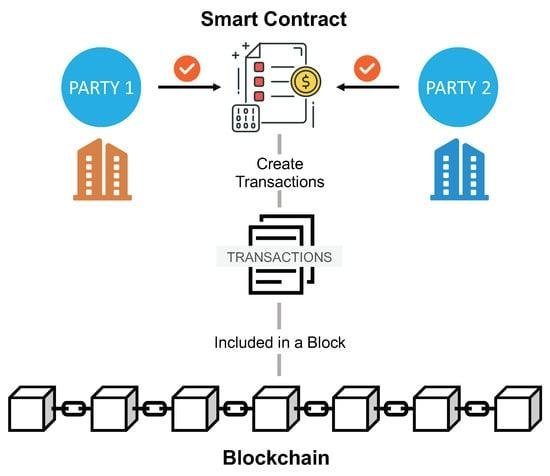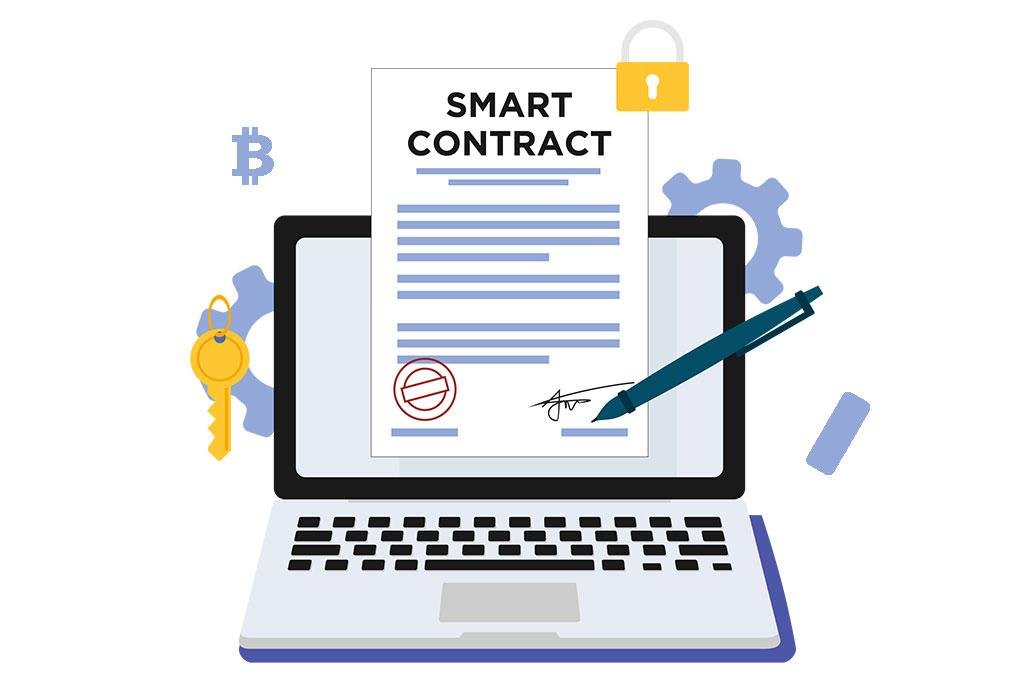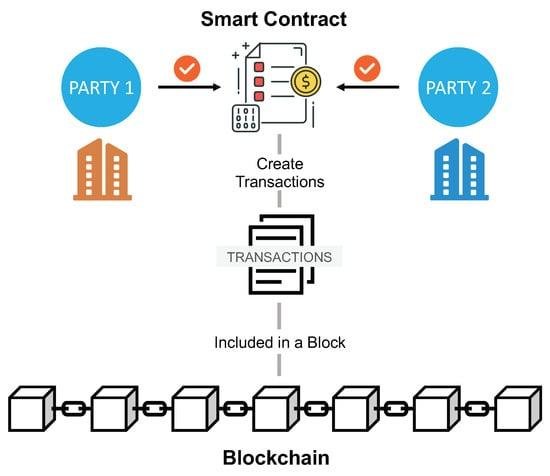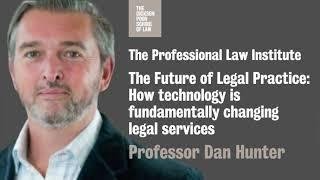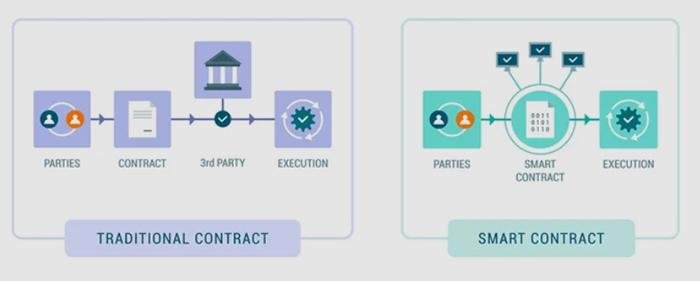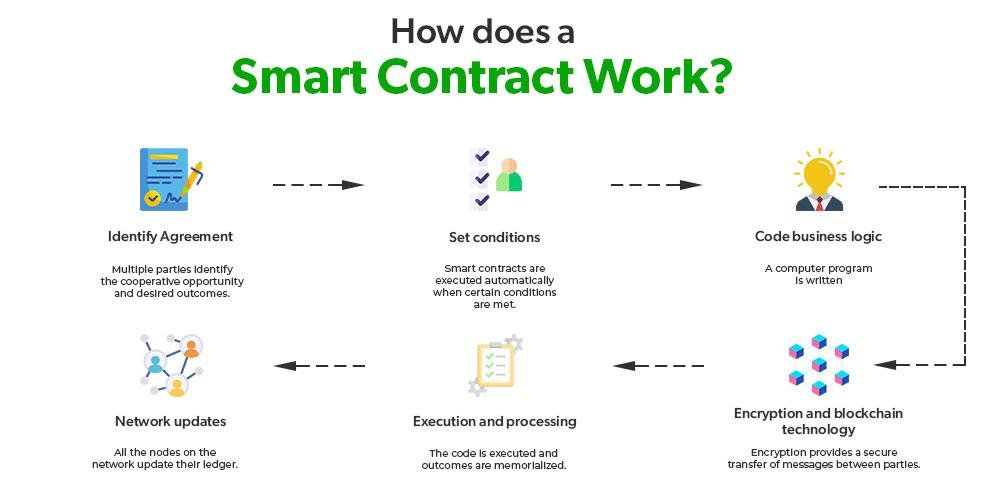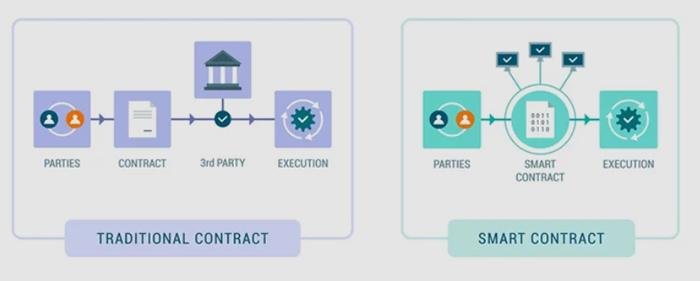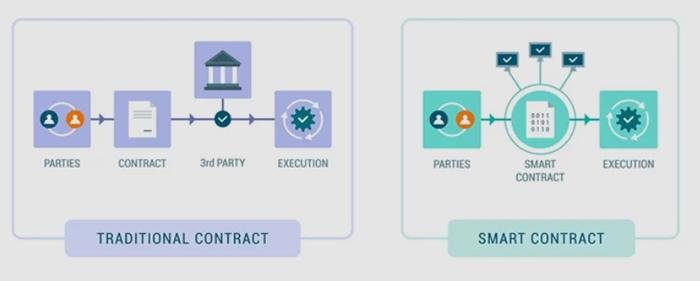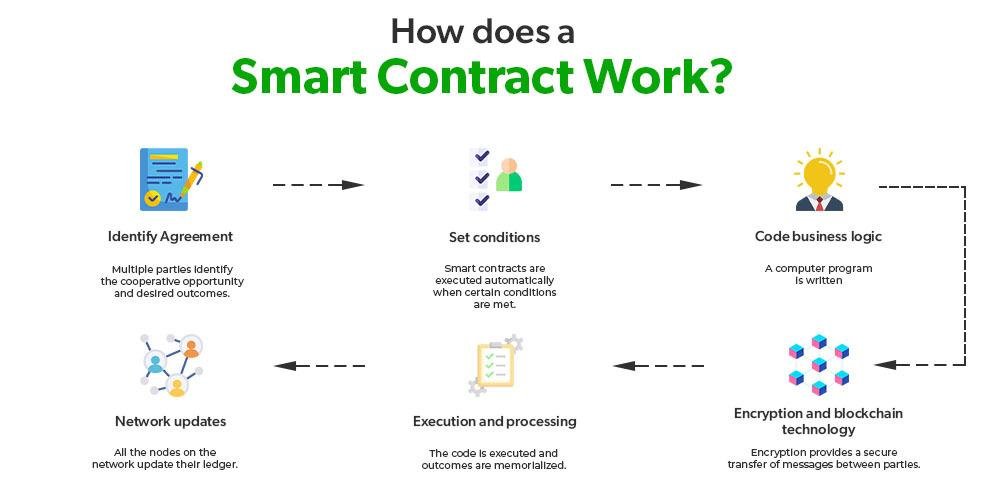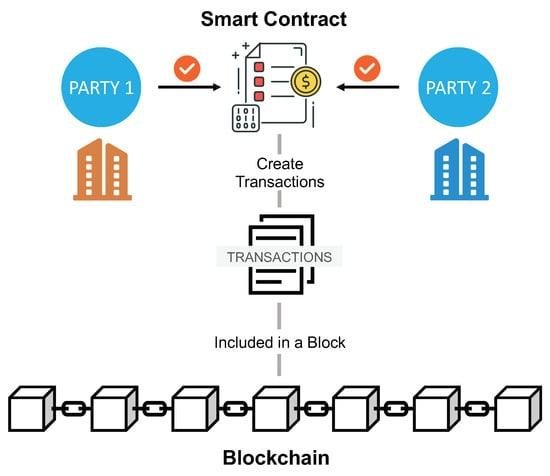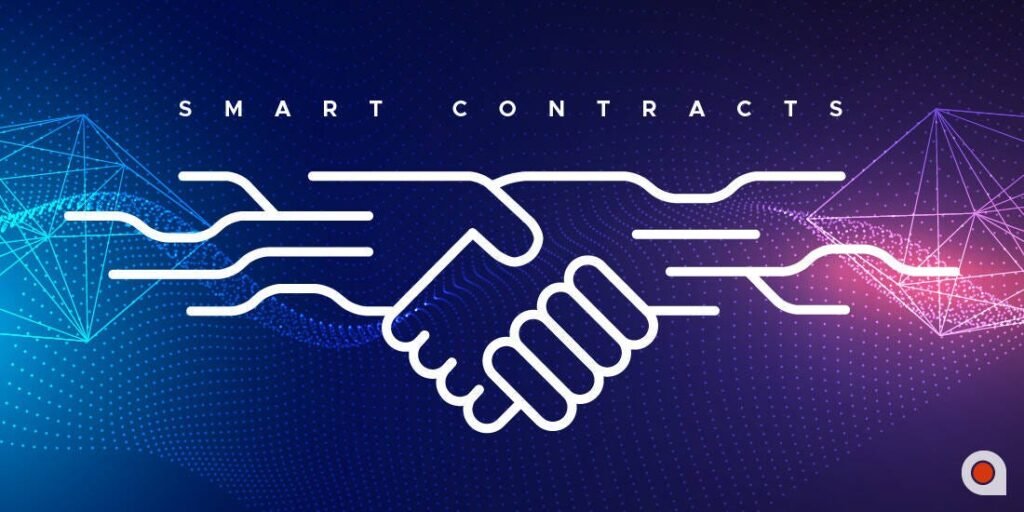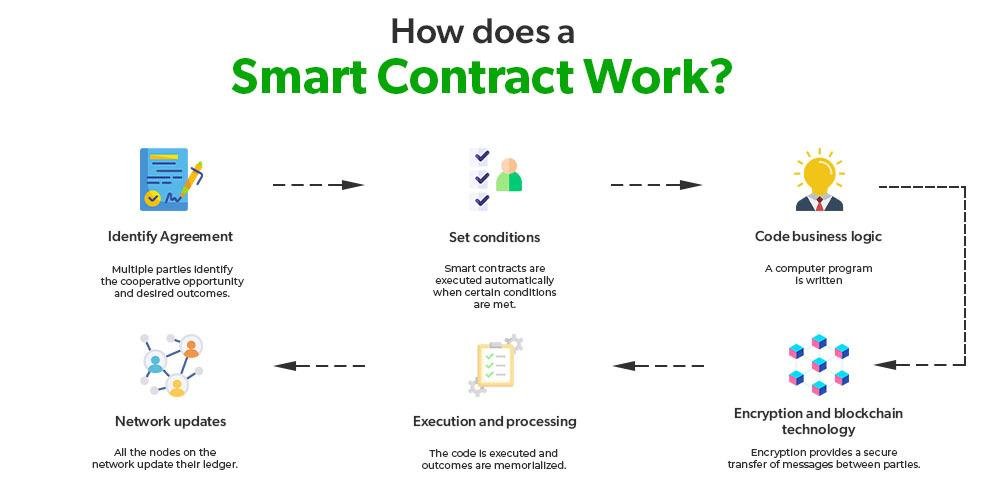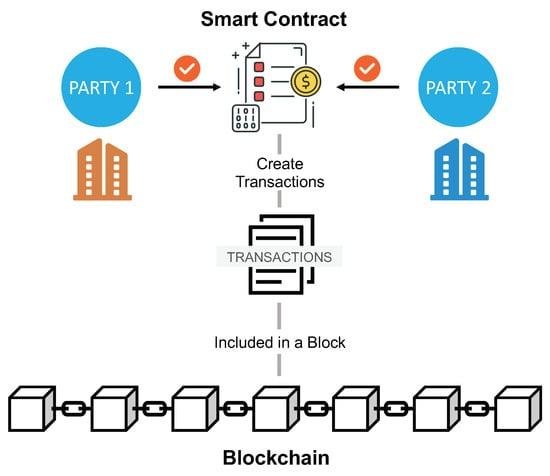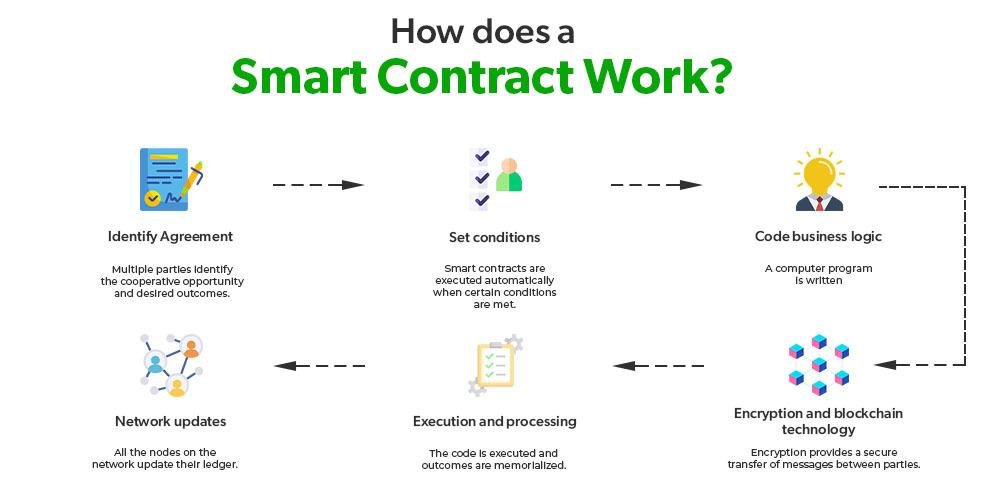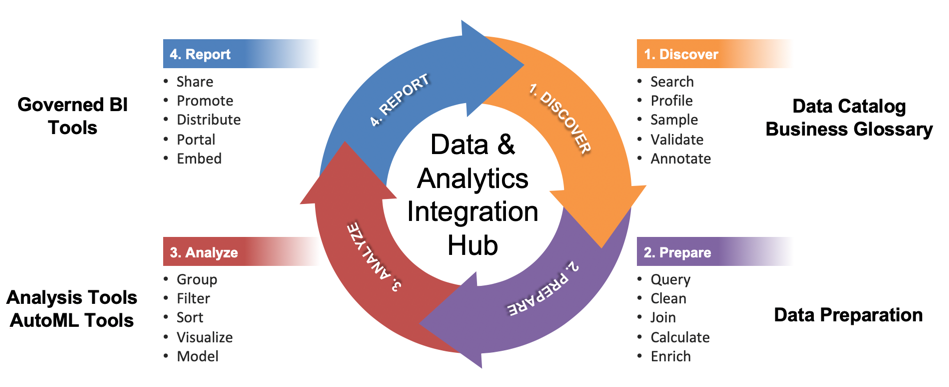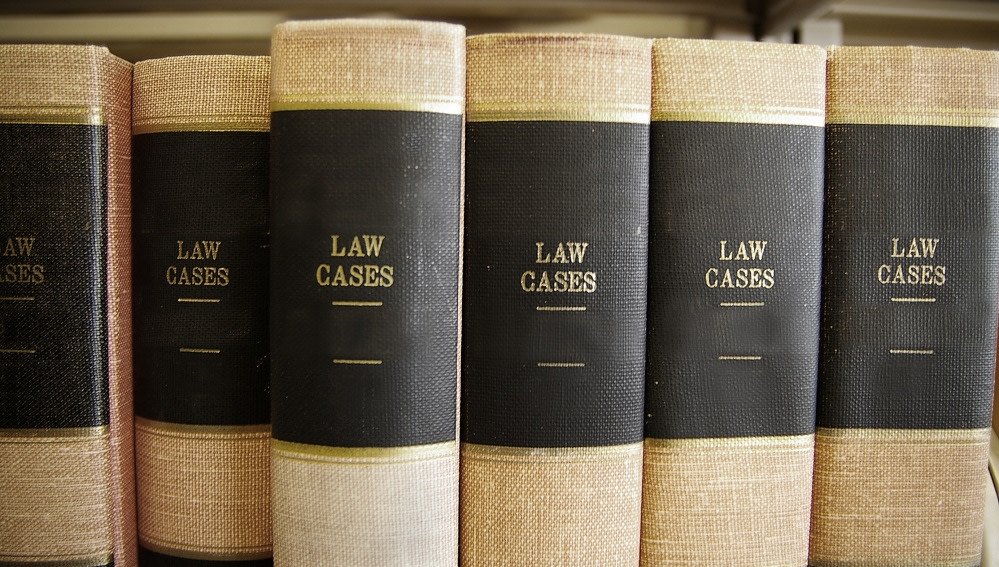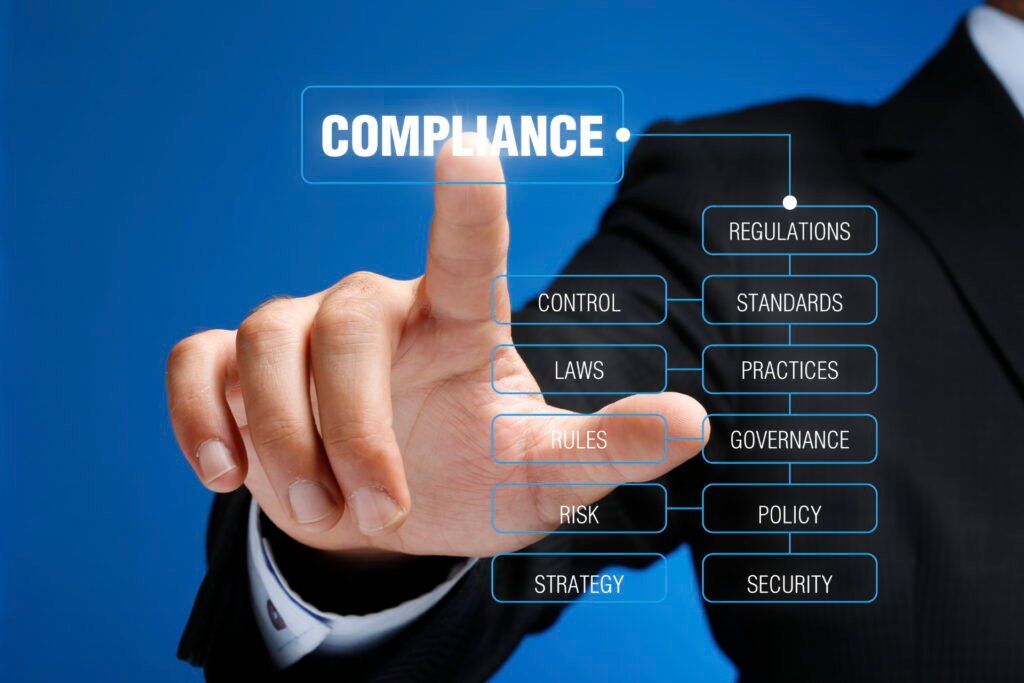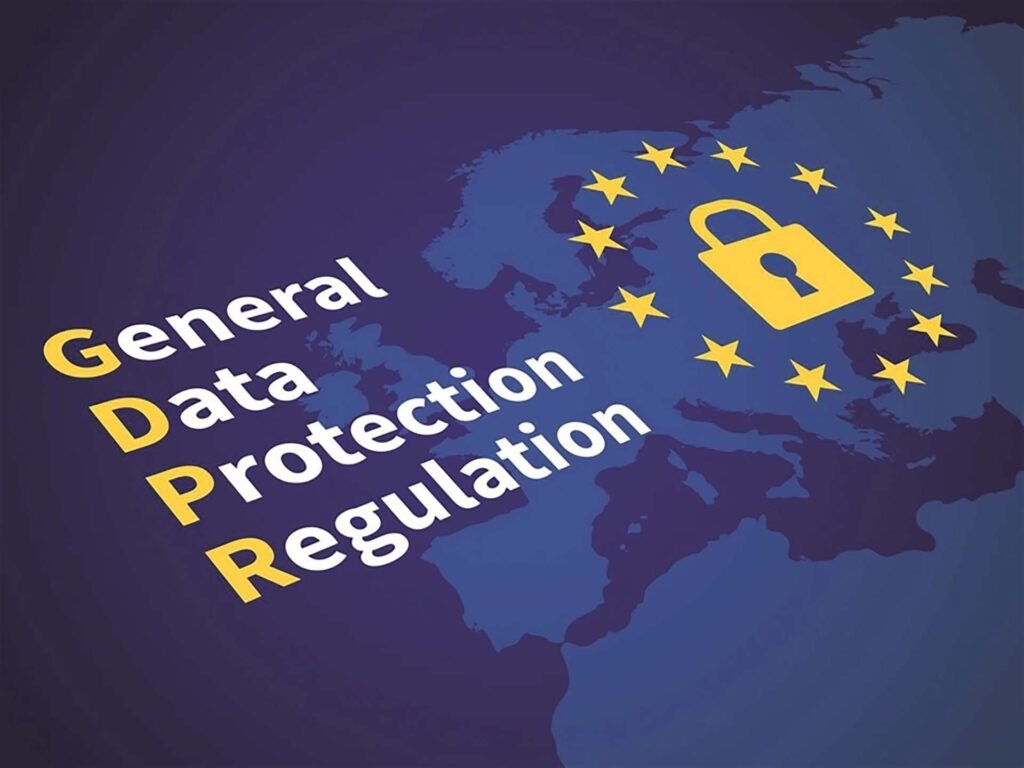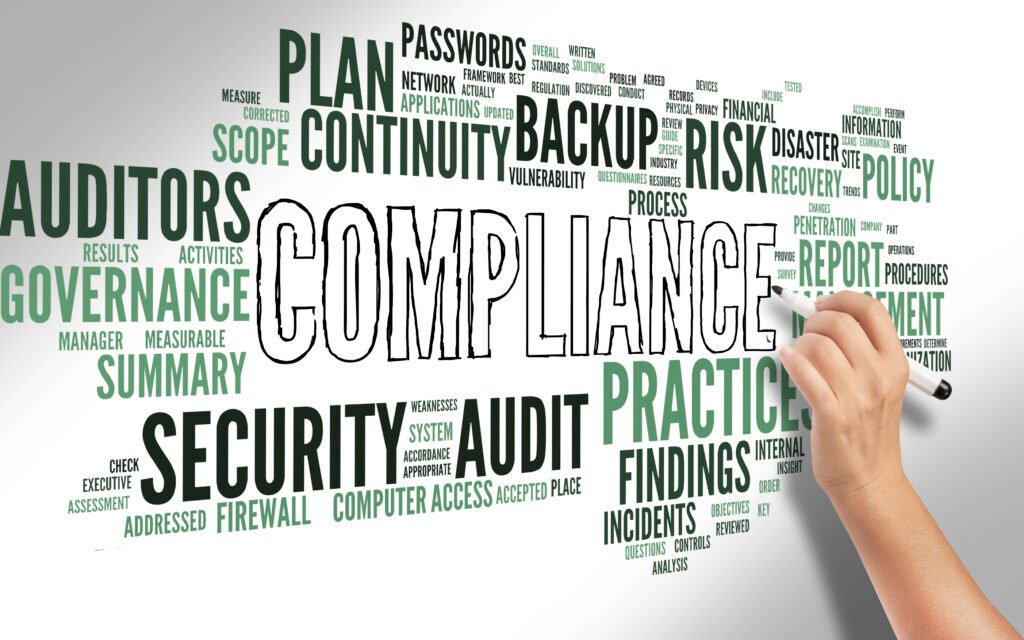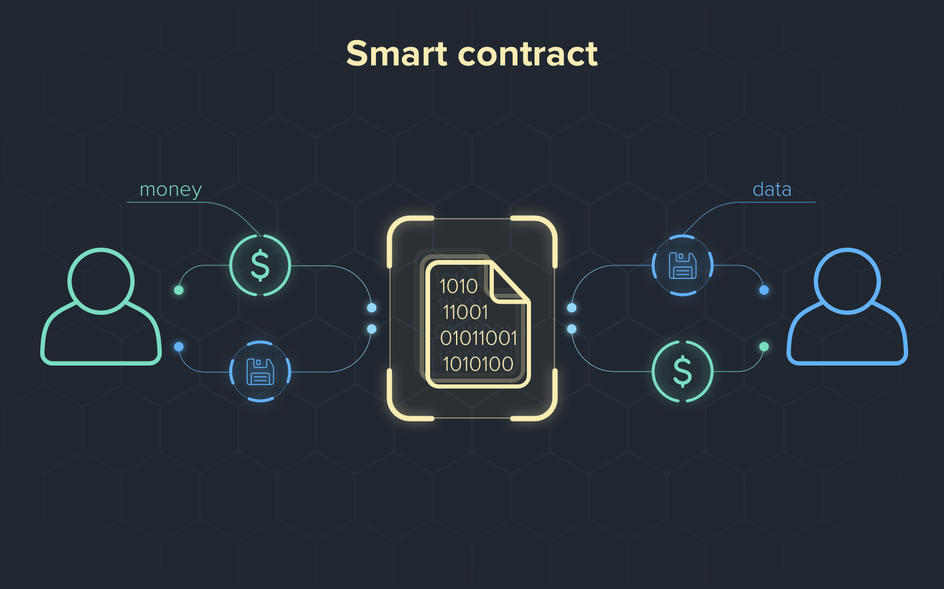Streamlining Legal Transactions with Smart Contracts

Introduction
In today’s world, technology is changing almost every industry, and the legal field is no exception. One of the most promising innovations is smart contracts—digital agreements that automatically execute the terms of a contract when certain conditions are met. These self-executing contracts can help reduce the complexity, inefficiency, and high costs that often come with traditional legal processes. By automating tasks, increasing transparency, and cutting out middlemen, smart contracts are offering a faster, more secure way to handle legal transactions. This article explores how smart contracts could change not just the way legal agreements are made, but also the very nature of trust and accountability in the legal world.

Harnessing Efficiency Through Automation in Legal Transactions
Smart contracts are transforming the way legal transactions are carried out by automating essential processes. Rather than relying on lawyers or intermediaries to handle each step, smart contracts use code to automatically enforce the terms of an agreement. This brings many benefits:
- Cost Reduction: With fewer intermediaries and less paperwork, transaction costs go down.
- Increased Transparency: All parties can see the contract terms clearly, reducing misunderstandings and disputes.
- Enhanced Security: Built on blockchain technology, smart contracts are secure and tamper-proof.
Smart contracts also make compliance easier. Legal requirements can be built into the contract itself, meaning businesses can automatically ensure they meet all their obligations without manual oversight. The table below compares traditional contract processes to smart contracts:
| Traditional Process | With Smart Contracts |
|---|---|
| Manual contract drafting and review | Automated execution based on pre-defined rules |
| Long processing times | Instant execution upon condition fulfillment |
| High possibility of human error | Elimination of human error through automation |

Enhancing Trust and Transparency with Blockchain Technology
Trust and transparency are essential in legal transactions, and blockchain technology plays a major role in making these digital contracts reliable. Blockchain is a decentralized, secure digital ledger where every transaction is recorded. Once a transaction is made, it cannot be changed, ensuring that the contract is trustworthy.
Here’s how blockchain helps build trust in legal transactions:
- Immutable Records: Once a transaction is confirmed, it can’t be altered, ensuring reliability.
- Real-Time Updates: All parties can access up-to-date information, reducing disputes.
- Decentralization: Because there is no single point of control, the risk of fraud is lower.
By using blockchain to automate and track transactions, smart contracts make it easier to verify the terms and performance of an agreement, leading to more transparent and reliable interactions.
You May Also Like: Understanding Smart Contracts: What They Mean for the Legal Industry

Navigating Regulatory Landscapes for Smart Contract Adoption
As businesses adopt smart contracts, it’s crucial to understand the legal rules that apply. Different regions have different laws, so companies need to make sure their smart contracts comply with local regulations. Key considerations include:
- Compliance: Laws vary by region, and each jurisdiction has its own requirements.
- Consumer Protection: Smart contracts need to ensure that users are protected from fraud and misunderstandings.
- Data Privacy: Regulations like GDPR require companies to protect personal data.
- Intellectual Property: Contracts must clearly define who owns the code and content.
To successfully adopt smart contracts, businesses need to work closely with legal experts to ensure their contracts meet regulatory standards. A possible approach could be outlined as follows:
| Step | Description |
|---|---|
| 1 | Conduct a thorough regulatory review of relevant jurisdictions. |
| 2 | Engage with legal specialists in blockchain and technology law. |
| 3 | Create smart contract templates that comply with identified regulations. |
| 4 | Implement ongoing compliance monitoring and updates as regulations evolve. |

Best Practices for Drafting and Implementing Smart Contracts
- Clear Language: Use simple and precise terms to avoid confusion.
- Formal Verification: Use methods to check the code’s accuracy and security.
- Modularity: Design contracts in a way that makes them easy to update.
- Testing and Auditing: Test the contract and have it audited by third parties before deployment.
- Governance Structure: Set up a process to manage any future changes to the contract.
Here’s a summary of key best practices:
| Best Practice | Description |
|---|---|
| Clear Language | Use straightforward terminology to avoid ambiguity. |
| Formal Verification | Employ techniques to ensure the code’s correctness. |
| Modularity | Design contracts in a way that allows for easy updates. |
| Testing and Auditing | Conduct thorough tests and audits prior to deployment. |
| Governance Structure | Establish a process for managing changes post-deployment. |
Future Outlook
Smart contracts are on the cusp of transforming the way legal transactions are handled. They promise to streamline processes, reduce costs, and create a more transparent and secure system. However, despite the vast potential, there are still obstacles to overcome. Navigating legal frameworks, ensuring cybersecurity, and addressing regulatory issues are crucial for successful adoption.
The future of legal transactions may be increasingly driven by smart contracts, but it’s important to remember that technology should work alongside the values of justice, fairness, and accountability. As we move forward with this digital revolution, a careful, thoughtful approach will help ensure that smart contracts benefit everyone, from businesses to individuals, and keep the legal system functioning with integrity.
In the end, while the future of law may be shaped by code, it will be guided by the same principles that have always been at the heart of legal practice—trust, reliability, and fairness. By embracing this technology, we can build a legal system that is more efficient, transparent, and accessible to all.
























































































































































































































































